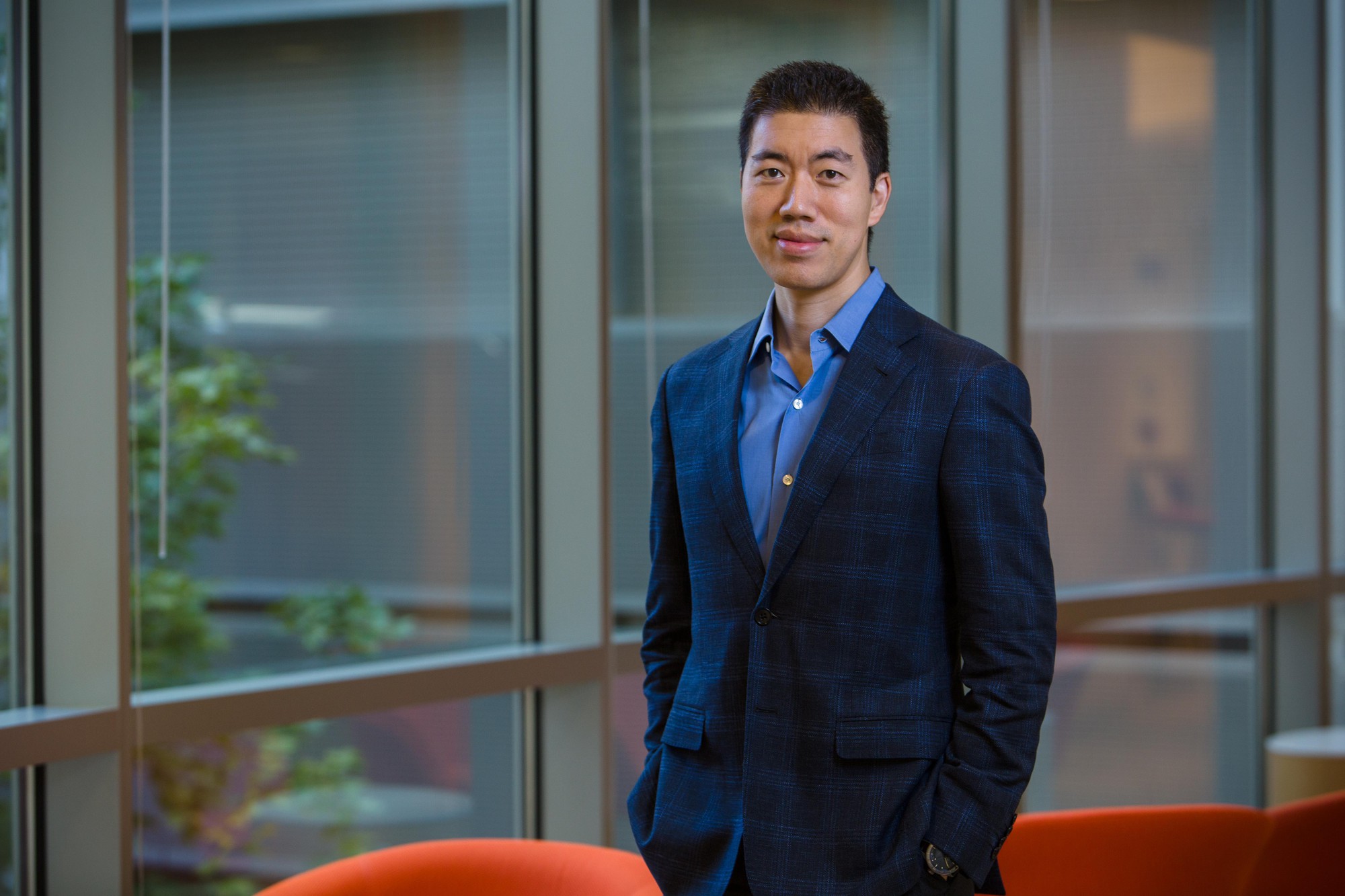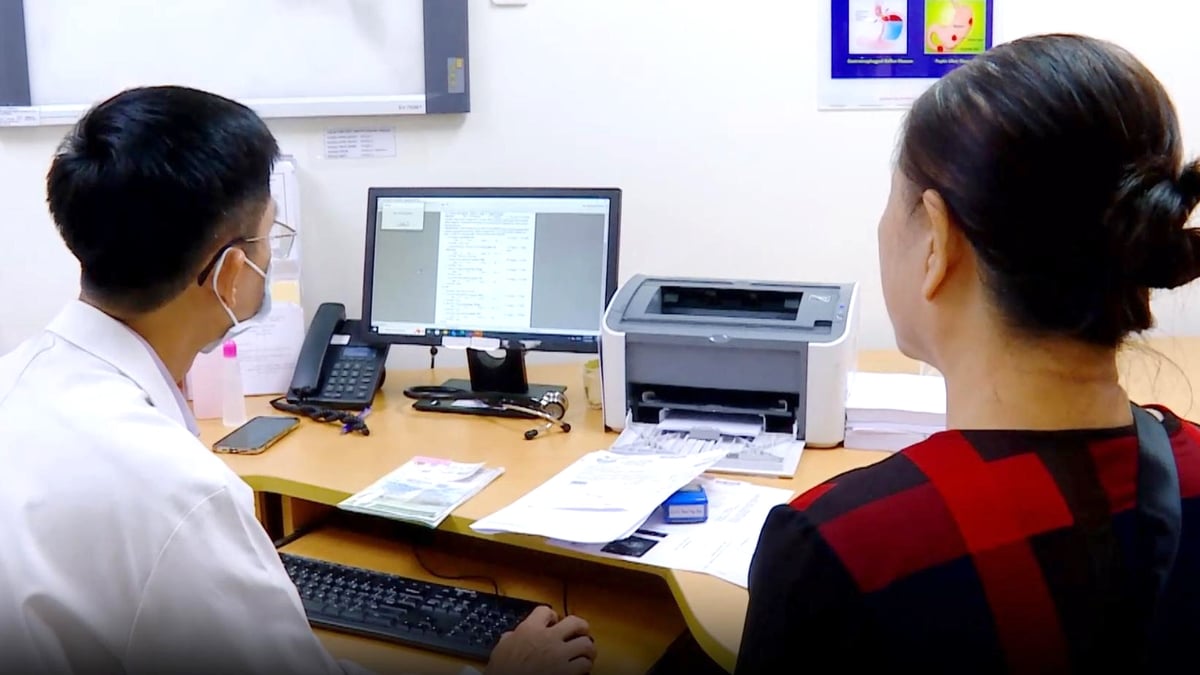Dubbed a “base editor,” the tool aims to repair individual nucleobases (often referred to as bases) in base pairs — the stuff that makes up the double-helix structure of DNA — thereby correcting genetic errors without cutting the DNA double helix like the famous CRISPR-Cas9 tool.
Speaking to The Conversation, David R. Liu, Director of the Merkin Institute for Medical Translational Technology (under the Board Institute in the US) and head of the research team, said their tool can edit four of the most common types of errors that occur in DNA, accounting for about 30% of all known disease-causing DNA errors.
The study has just been officially published in National Science Review, an international scientific journal of the Chinese Academy of Sciences .

Mr. David R. Liu Photo: BROAD INSTITUTE
Yang Hui, an expert from the Chinese Academy of Sciences, a member of the research team, said that the new tool not only plays an important role in the field of gene therapy, but also helps them establish a system that is ready for clinical and commercial application, thereby breaking the dominant position of CRISPR-Cas9.
This is a famous gene editing tool that helped bring the 2020 Nobel Prize in Chemistry to two scientists, Emmanuelle Charpentier (France) and Jennifer Doudna (USA). However, according to the South China Morning Post on May 31, CRISPR-Cas9 still has some shortcomings. It can be understood as a molecular knife that cuts out the faulty DNA segment and hopes for natural recovery to rearrange it.
This is concerning because it could lead to off-target effects. Meanwhile, according to Mr. Yang, more than half of human genetic mutations are caused by mutations caused by a particular base, so base editing can precisely correct these mutations.
Clinical trials using base editors are underway to treat several genetic diseases, including sickle cell disease, thalassemia, and certain cardiovascular diseases.
Last year, a patient with T-cell leukemia in the UK was treated with cell base editing therapy, the first time the technology has been used in the world.
“As gene editing tools continue to develop, scientists and biomedical companies will be able to conduct clinical trials and find treatments for more rare diseases,” Yang added.
Recently, another research team led by Liu reported that it had successfully used base editing technology to treat spinal muscular atrophy in mice. The work was published by Liu and 16 co-authors in the international journal Science in March this year, offering hope for treating similar diseases in humans.
New rules on bioethics
China recently issued new regulations on bioethics in human research, further expanding the scope of such research. Compared with the 2016 guidelines, the new regulations include more details on human research and administrative penalties for violations.
Specifically, the 2016 policy only applied to biomedical research in medical institutions, but the new policy will include research involving humans at universities and research institutes. In addition, research on human cells, tissues, organs, fertilized eggs, embryos and fetuses will also be subject to ethical review and assessment.
China has been strengthening its ethical laws and regulations since the 2018 gene-editing scandal involving researcher He Jiankui, who was sentenced to three years in prison for “illegally practicing medicine,” according to the South China Morning Post. After his release from prison, He said on social media in February that he wanted to continue his research into rare genetic diseases.
The first disease he wants to treat is Duchenne muscular dystrophy, which usually affects boys. However, a group of Chinese scientists and legal experts have called on authorities to ban him from conducting experiments involving humans or gene editing.
Spring Mai
Source
























































![[Maritime News] Container shipping faces overcapacity that will last until 2028](https://vphoto.vietnam.vn/thumb/402x226/vietnam/resource/IMAGE/2025/7/30/6d35cbc6b0f643fd97f8aa2e9bc87aea)













































Comment (0)